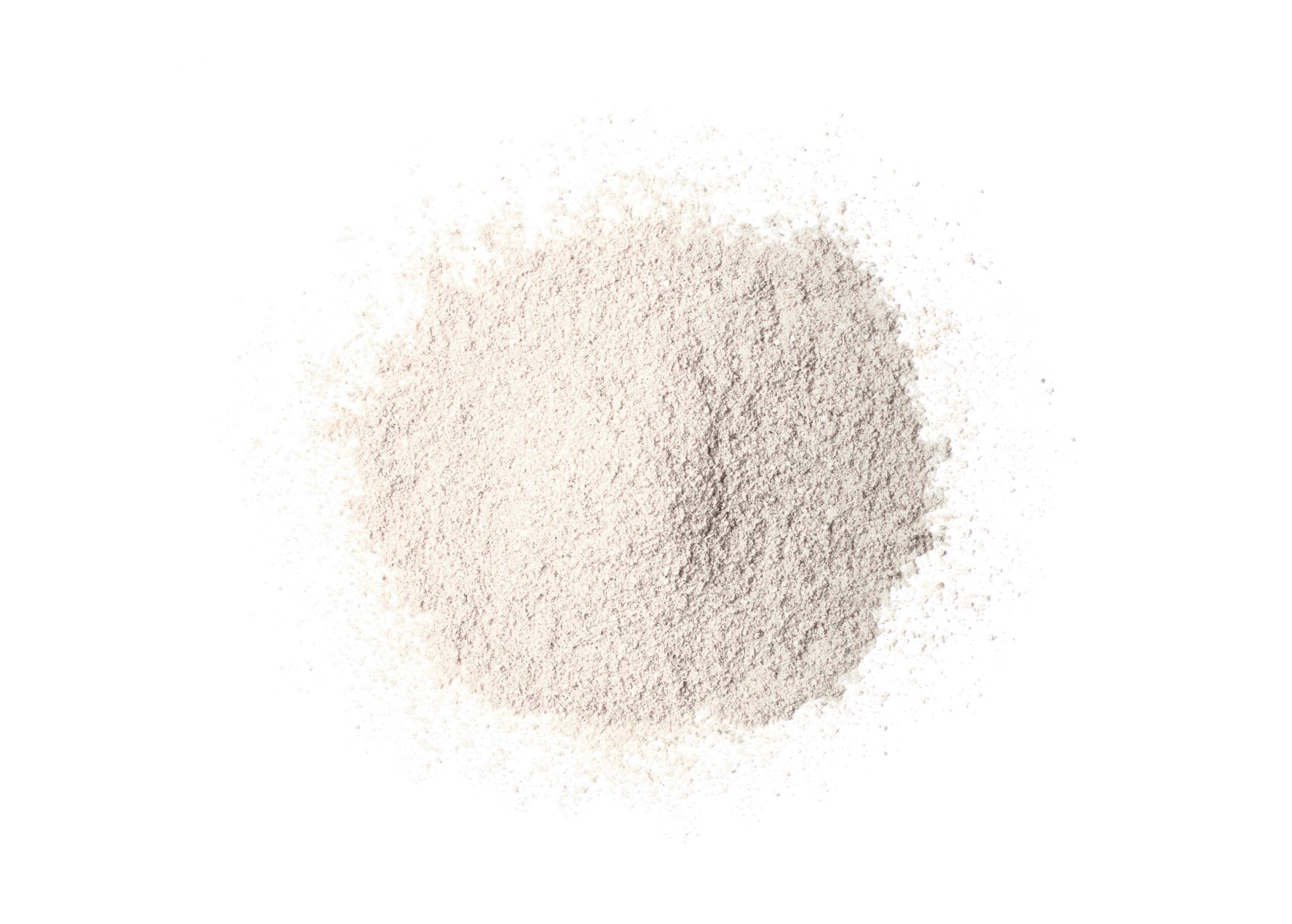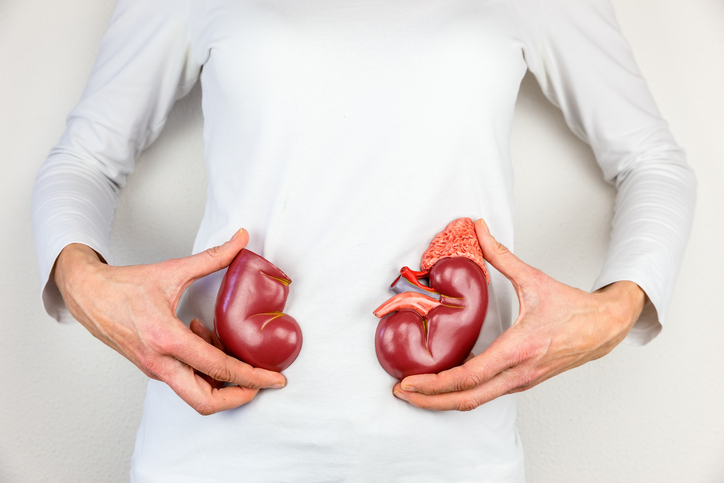
Iatrogenic hypoglycemia, a form of low blood sugar, can complicate the inpatient treatment of hyperkalemia with insulin and dextrose. Hypoglycemia (serum glucose <4.0 mmol/L) occurs in 6% to 21% of patients after such treatment.
Sara Abou Sherif and other researchers examined the incidence of hypoglycemia in hospitalized patients with kidney disease and the impact of introducing a local guideline calling for the use of the potassium binder sodium zirconium cyclosilicate (SZC) in patients whose hyperkalemia was moderate (serum glucose 6.0-6.4 mmol/L). Their findings appeared in Clinical Medicine.
Sherif et al conducted a single-center quality improvement project in a large urban renal center using retrospective data from electronic patient records. Local guidelines required that renal patients receive intravenous administration of 10 international units of a fast-acting insulin delivered parenterally as an infusion with 20% glucose 100 mL. Anyone receiving insulin/dextrose for reasons other than hyperkalemia was excluded. Patient records were reviewed for pretreatment glucose levels and blood glucose levels in the 24 hours after administration of insulin/dextrose. The primary outcome was hypoglycemia.
After a review of the initial treatment cycle, local guidelines were changed to incorporate the use of SZC for moderate hyperkalemia if no electrocardiogram changes occurred. Physicians could begin SZC 10 g thrice daily for up to 72 hours; it could be stopped once serum potassium fell into the normal range (typically within 24-48 hours). Another change to the guidelines was identification of the need for capillary blood glucose monitoring for up to 6 hours post-insulin/dextrose treatment in all patients. Clinicians were also advised to consider an additional glucose infusion of 10% glucose 250 ml over 6 hours in patients who were female, lean, frail, elderly, or had impaired kidney function.
Data were collected during a second 6-month cycle following the introduction of the new guidelines using the same criteria as the first cycle but also including all patients who started SZC for hyperkalemia. Patients already receiving maintenance SZC at the time of hyperkalemia were excluded, as were patients receiving SZC in conjunction with other potassium-lowering therapies, such as insulin/dextrose. Researchers recorded the length of treatment (in hours) and time to normalization of serum potassium (<5.5 mmol/L).
During the first cycle, 843 patients were admitted to the renal unit, and insulin/dextrose was administered 126 times (75 patients; median age, 58 [46-67] years). During the second cycle, 6 months after the new guidelines were implemented, there were 780 admissions and insulin/dextrose was administered 21 times (21 patients; median age, 58 [42-69] years). Demographics for the population treated with insulin/dextrose for hyperkalemia were similar during both cycles.
During the first cycle, 34% (42/124) of insulin/dextrose treatments resulted in hypoglycemia; two patients were excluded due to lack of blood glucose monitoring. During the second observation cycle, there was less use of insulin/dextrose. In patients who did receive insulin/dextrose, there was a 73% reduction in the incidence of hypoglycemia (P=.04). Hypoglycemia occurred in 9.5% (2/21) of episodes.
The reduction in insulin use during the second cycle was associated with the increased use of SZC. There were 66 treatment initiations with SZC (208 single administrations in 58 patients) for the acute treatment of hyperkaliemia. In 53 of 66 SZC administrations, at least one blood sugar reading was recorded within 24 hours of starting treatment; only one of those patients had a recorded hypoglycemic episode. Iatrogenic hypokalemia (K <3.5) during or within 72 hours of ceasing SZC occurred in 10 of 66 SZC treatment courses.
The likelihood of developing hypoglycemia among patients treated for acute hyperkalemia was significantly greater for patients treated with insulin/dextrose and those treated in the first cycle, prior to the change in guidelines. There was no difference in sex, age, history of diabetes, or receipt of dialysis. Following multivariate logistic regression, treatment in the first cycle versus the second was independently predictive of hypoglycemia (odds ratio, 4.9 [1.3-31.8]; P=.03).
Despite limitations to the study, including the single-center makeup and a large proportion of patients with advanced renal deficiency, the authors concluded, “Significant harm arises from the use of insulin/dextrose for the management of hyperkalemia in patients with renal disease. The twofold introduction of SZC alongside changes in patient care after the administration of insulin resulted in more appropriate use of insulin/dextrose, as well as a significant reduction in the iatrogenic burden of hypoglycemia.”
Source: Clinical Medicine






 © 2025 Mashup Media, LLC, a Formedics Property. All Rights Reserved.
© 2025 Mashup Media, LLC, a Formedics Property. All Rights Reserved.